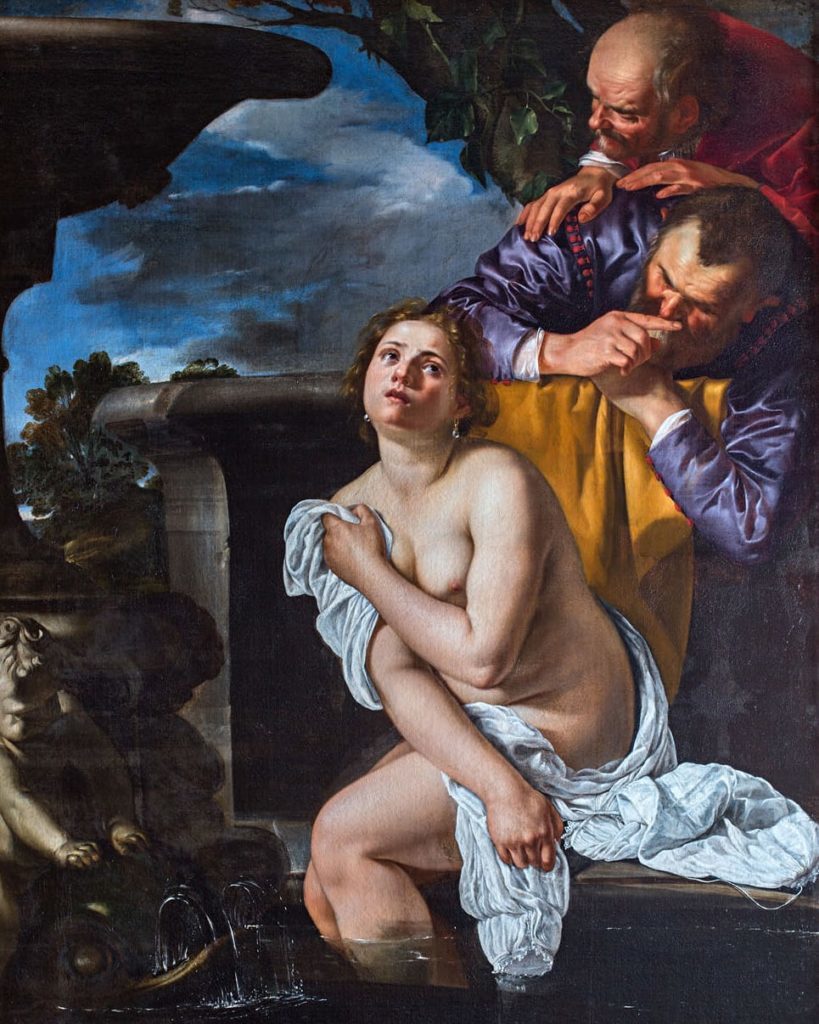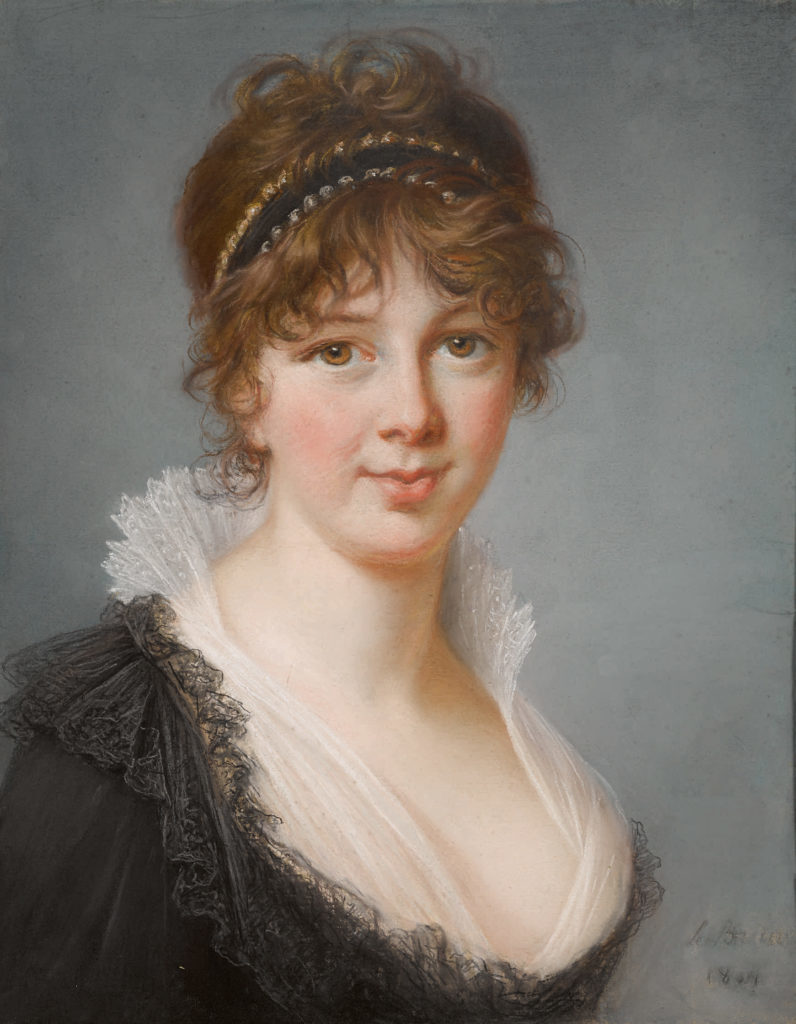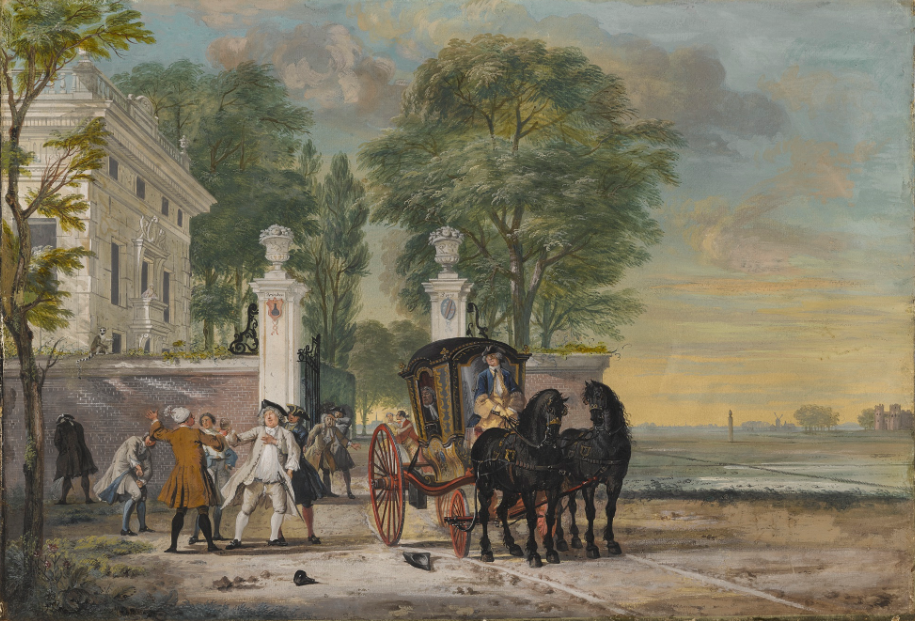Want to Start Collecting Old Masters? Here Are Three Key Things You Need to Know


Artnet Analytics Team

The New Year may signal fresh starts, resolutions, and renewal—but in the art market, the first major sales of the calendar are decidedly old. In advance of the major Old Masters auctions taking place in New York at the end of January, here are a few things to keep in mind if you’re looking to break into this venerable market.
Over the past several years, Old Masters have been drawn into the public eye thanks to some unlikely sources: celebrity and fashion endorsements. In 2018, Gucci highlighted Old Masters in a 2018 campaign—leading Christie’s to declare that the brand had “confirmed that Old Masters are back in fashion”—and that same year, Beyoncé and Jay-Z shot a music video in the Louvre that garnered nearly 200 million views. Then Victoria Beckham lent her presence to a Sotheby’s sale of female Old Masters last year, and just last month in London, Dolce & Gabbana partnered with Christie’s to host a private selling exhibition.
But the data doesn’t seem to indicate that high-profile fanfare has had any major impact on the market. Although the (in)famous sale of da Vinci’s Salvator Mundi for $450.3 million at Christie’s New York in 2017 brought visibility to the category, the next seven most expensive Old Masters ever sold at either Sotheby’s or Christie’s were sold in 2009 or earlier. What’s more, the sum total of those seven prices add to around $250 million, barely more than half of the price of the da Vinci alone—which, lest we forget, wasn’t even offered as part of a dedicated Old Masters sale.

Elisabeth-Louise Vigée Le Brun, Portrait of Mrs. Spencer Perceval, née Jane Wilson (1769–1844). Courtesy of Sotheby’s New York.
Even though the Old Masters market may not be the force it once was, don’t be fooled by the lack of consistent record-breaking. In addition to challenges of conservation and disputed authorship that come with older works, many of the most desirable pieces remain in museums or private collections, and therefore only come to auction every few decades. Top-quality Old Masters not yet snapped up are only becoming more rare as time rolls on. Because the values appreciate steadily but slowly, it’s not always the most enticing market for new collectors.
Still, it’s a fairly accessible market in the middle range. Although demand is always high at the top end for quality works from canonical artists, a broad swatch of the market has almost nothing to do with name and everything to do with image quality. For collectors looking to break in, enticing works can still be picked up at (relatively) affordable prices. Experts recommend beginners start with drawings—they offer a way to develop your Old Master eye with little risk, and can be acquired for only a few thousand dollars.

Cornelius Troost, ‘Drinkenburg’ (The Morning After). Courtesy of Sotheby’s New York.
There is one thing buoying this usually staid market: the (re)discovery of female Old Masters. Some argued it was initially a bit of clever marketing concocted by Sotheby’s for their 2019 selling exhibition “The Female Triumphant,” but subsequent shows at the Prado and London’s National Gallery signal legitimate institutional acceptance. Last year, Elisabeth Vigée Le Brun’s Portrait of Muhammad Dervish Khan broke the world record for price achieved by a pre-modern woman artist when it sold for $7.2 million last year—to date, only five of her works have ever broken the $1 million barrier. Similarly, Artemisia Gentileschi achieved her record high at auction in November with the recently discovered Lucretia selling for $5.2 million, a stunning eight times the estimate. Look out for more Gentileschi records to be broken later this month: two of the lots in Sotheby’s “Master Paintings Evening Sale” are hers, each carrying a low estimate under $1 million that very well may be surpassed.
Unlike the fast-flipping contemporary market, the Old Masters market has always been for those playing the long game—and looking for a safer investment. Don’t let celebrity endorsement or doomsday press coverage deter you: Old Masters are still the old faithful of the art market.
To learn more, commission your own Artnet Analytics Report.